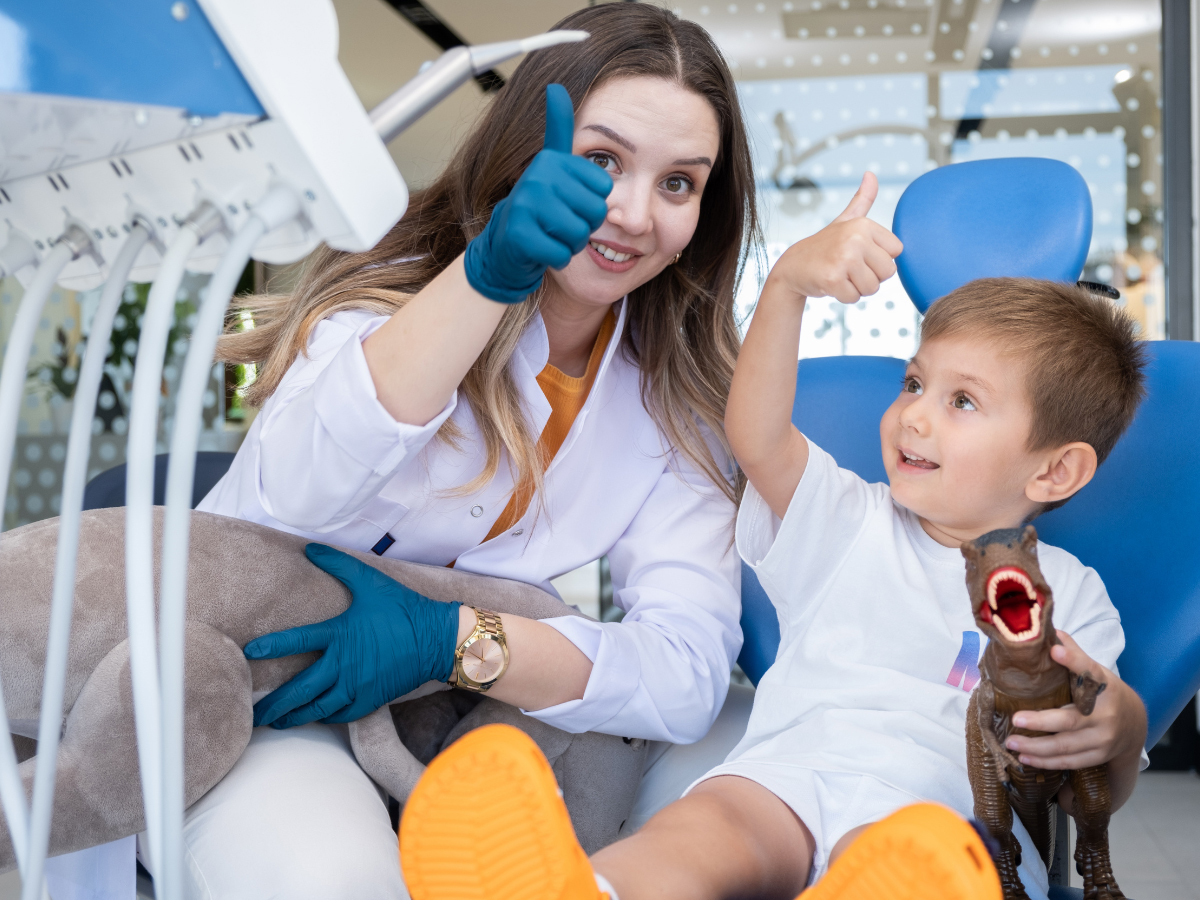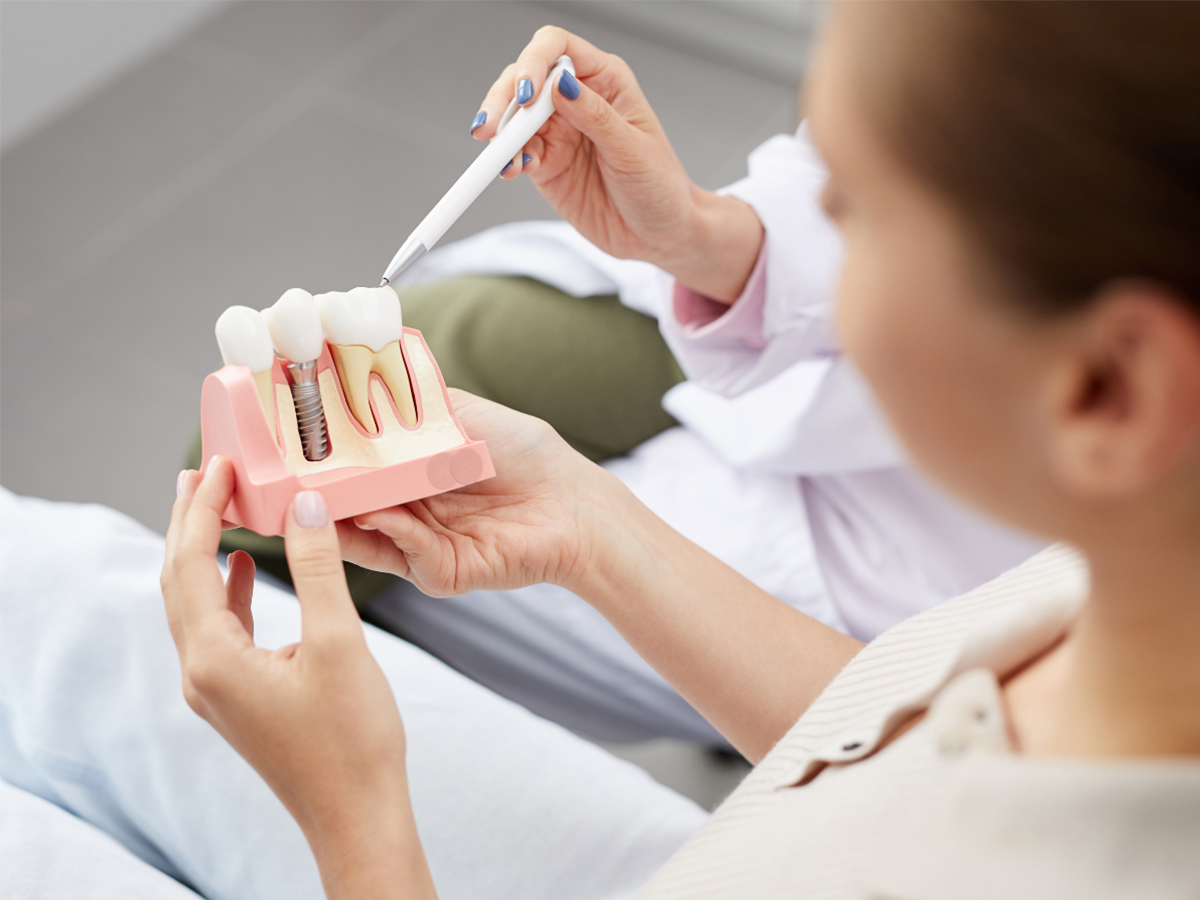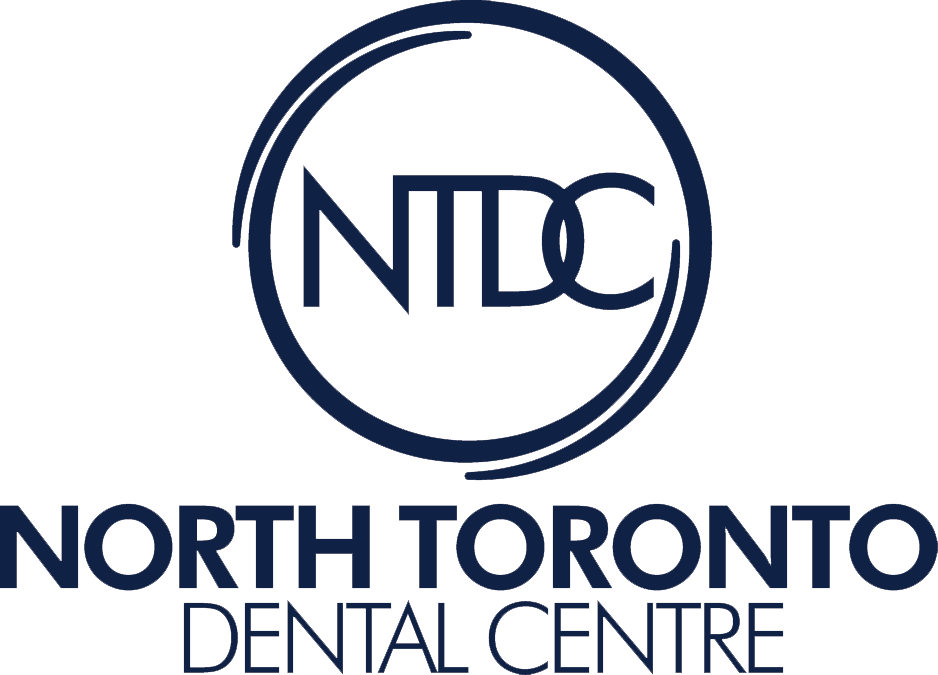Blog
Family Dentist: Hereditary Dental Pattern Tracking
October 8, 2025 / Dentistry
When families visit their family dentist regularly
Dental professionals can identify hereditary patterns that influence oral health across generations. These genetic predispositions affect everything from cavity susceptibility to orthodontic needs, allowing for targeted preventive care and early intervention strategies.
At North Toronto Dental Centre, located at 1942 Avenue Rd, North York, ON, M5M 4A1, dental professionals observe hereditary dental patterns in families they’ve treated for multiple generations. This longitudinal perspective enables personalized treatment approaches based on genetic tendencies and family history analysis.
How Family Dentist Analyzes Genetic Predispositions
A family dentist can identify genetic predispositions by examining dental patterns across multiple family members and generations. Twin studies published in Caries Research (Bretz et al., 2005) have consistently demonstrated that genetic factors play a significant role in dental caries susceptibility.
Cavity patterns often follow hereditary lines, with specific tooth surfaces showing increased vulnerability in related individuals. Research in the Journal of Dental Research shows that children of parents with extensive caries experience have significantly higher risk of developing dental decay compared to children of caries-free parents.
Saliva composition, which affects cavity risk, shows strong genetic components. A family dentist can observe similar pH levels, buffering capacity, and bacterial populations among family members, indicating inherited oral environment characteristics as documented in Community Dentistry and Oral Epidemiology.
Family Dentist Identifies Gum Disease Hereditary Patterns
Periodontal disease susceptibility demonstrates significant genetic influence. Twin studies published in the Journal of Clinical Periodontology have shown heritability estimates of approximately 50% for chronic periodontitis and up to 61% for aggressive periodontitis.
Key Genetic Risk Factors:
- IL-1 gene cluster variations increase inflammatory responses to plaque (see Kornman et al., 1997).
- Families with these genetic variants show earlier periodontal disease onset
- More severe disease progression occurs in genetically susceptible individuals
- Bacterial composition in the mouth shows hereditary similarities
- Immune response patterns follow family lines as documented in periodontology research
The family dentist can implement aggressive preventive protocols for genetically susceptible families, including more frequent cleanings and specialized home care regimens. Early intervention based on family history can prevent or delay periodontal disease onset according to clinical studies in Periodontology 2000.
Orthodontic Needs Tracked by Family Dentist
Jaw size, tooth size, and facial growth patterns show strong hereditary components that a family dentist can track across generations. Research published in the American Journal of Orthodontics and Dentofacial Orthopedics indicates that genetic factors account for 38-85% of the variation in different malocclusion traits.
Specific orthodontic problems, such as Class II or Class III bite relationships, often appear consistently within family lines. Studies in the European Journal of Orthodontics demonstrate significant familial clustering of malocclusion patterns.
Early orthodontic screening becomes particularly important for families with hereditary malocclusion patterns. The family dentist can recommend timely interventions that may reduce treatment complexity and duration based on evidence from orthodontic literature.
Multi-Generational Treatment Planning
A family dentist develops comprehensive treatment plans that consider hereditary risk factors and family dental history. This approach allows for proactive care that addresses genetic predispositions before problems develop.
Treatment Planning Benefits:
- Preventive strategies customized based on family patterns
- Families with high cavity rates receive prescription fluoride products
- Periodontal susceptibility families get enhanced plaque control protocols
- Treatment timing optimized using family history data
- Earlier intervention recommended for children with genetic risk factors
- Complex problems prevented through proactive care
Research in Community Dentistry and Oral Epidemiology supports the effectiveness of targeted prevention strategies based on risk assessment, including genetic factors.
Preventive Strategies Based on Family History
Customized preventive protocols developed by a family dentist can significantly reduce the impact of genetic predispositions. Studies published in the Journal of the American Dental Association demonstrate that risk-based prevention approaches show superior outcomes compared to one-size-fits-all strategies.
Dietary counseling becomes more specific when based on family patterns. Families with genetic cavity susceptibility receive detailed guidance about frequency of sugar exposure and protective foods based on caries research principles.
Home care recommendations vary based on hereditary factors. The family dentist may prescribe specialized toothpastes, mouth rinses, or oral hygiene devices for families with specific genetic risk profiles.
DNA Testing Applications in Family Dental Care
Emerging genetic testing technologies allow a family dentist to identify specific genetic markers associated with oral health risks. Commercial tests like those offered by Interleukin Genetics can identify genetic variations in the IL-1 gene cluster that affect periodontal disease susceptibility (see Kornman & di Giovine, 1998).
Genetic testing for cavity risk examines variations in genes affecting enamel formation, saliva composition, and immune response. Research published in Archives of Oral Biology supports the role of genetic variations in caries susceptibility (Vieira et al., 2014).
Pharmacogenetic testing helps the family dentist select optimal medications and treatments based on individual genetic profiles. This personalized approach improves treatment outcomes and reduces adverse reactions according to pharmacogenomics research.
Personalized Care for Entire Households
A family dentist can coordinate care across all household members, creating synergistic treatment approaches that address shared genetic risks. This comprehensive strategy maximizes preventive benefits for the entire family.
Shared risk factors allow for household-wide interventions, such as dietary modifications or environmental changes that benefit all family members. The family dentist can implement these strategies more effectively than treating individuals separately.
Family education becomes more targeted when based on genetic predispositions. The family dentist can provide specific information about hereditary risks and prevention strategies relevant to each family's genetic profile.
Long-Term Monitoring by Family Dentist
Continuous monitoring by a family dentist allows for refinement of treatment strategies as new family members are born and genetic patterns become clearer. This longitudinal approach improves prediction accuracy over time.
Treatment protocols can be adjusted based on emerging research about genetic factors in oral health. The family dentist stays current with genetic discoveries that may impact family care strategies.
Regular reassessment ensures that preventive strategies remain effective as family members age and their risk profiles change. The family dentist can modify approaches based on new genetic information or changing family circumstances.
Contact Us
North Toronto Dental Centre provides comprehensive family dental care that incorporates genetic risk assessment and hereditary pattern analysis. Contact them at 416-783-4433 or reception@ntdental.ca to learn how their family dentist approach can benefit your household's oral health.
The clinic is open Monday through Thursday from 8:00 am to 6:00 pm, Friday and Saturday from 8:00 am to 3:00 pm (two Saturdays per month), making it convenient for families to receive coordinated genetic-based dental care.
Understanding hereditary dental patterns empowers families to take proactive steps in preventing genetic predispositions from becoming serious oral health problems through personalized care strategies developed by an experienced family dentist.
References:
- Bretz, W.A., et al. (2005). Heritability estimates for dental caries. Caries Research, 39(6), 611-617.
- Hassell, T.M. & Harris, E.L. (1995). Genetic influences in caries and periodontal diseases. Critical Reviews in Oral Biology & Medicine, 6(4), 319-342.
- Kornman, K.S., et al. (1997). The interleukin-1 genotype as a severity factor in adult periodontal disease. Journal of Clinical Periodontology, 24(1), 72-77. https://pubmed.ncbi.nlm.nih.gov/9049801/
- Michalowicz, B.S., et al. (2000). Evidence of a substantial genetic basis for risk of adult periodontitis. Journal of Periodontology, 71(11), 1699-1707.
- Mossey, P.A. (1999). The heritability of malocclusion: part 2. The influence of genetics in malocclusion. British Journal of Orthodontics, 26(3), 195-203.
Dentist on Avenue Rd: Pediatric Sedation Safety
October 27, 2025 / Dentistry

When children experience dental anxiety
When children experience dental anxiety, parents often seek a dentist on Avenue Rd who specializes in safe sedation techniques for young patients. Pediatric sedation dentistry requires specialized training, precise protocols, and careful monitoring to ensure child safety while providing comfortable dental care.
At North Toronto Dental Centre, located at 1942 Avenue Rd, North York, ON, M5M 4A1, dental professionals understand that managing pediatric anxiety requires expertise in age-appropriate sedation methods. Parents can feel confident knowing their children receive care from professionals trained in pediatric sedation safety protocols.
How Your Dentist on Avenue Rd Administers Nitrous Oxide
Nitrous oxide represents the most commonly used sedation method for children in dental offices. A qualified dentist on Avenue Rd follows strict administration protocols established by the Canadian Dental Association and provincial regulatory bodies.
Nitrous Oxide Administration Steps:
- Pre-treatment medical history review and vital sign assessment
- Proper mask fitting to ensure comfortable seal without anxiety
- Gradual introduction starting at 20% nitrous oxide, 80% oxygen
- Continuous monitoring of patient responsiveness and comfort level
- Incremental adjustments based on individual patient response
- Maximum concentration typically limited to 50% for pediatric patients
The dentist monitors the child's response throughout the procedure, adjusting concentrations as needed. Children remain conscious and responsive during nitrous oxide administration, allowing for communication and cooperation during treatment.
Monitoring Equipment Used by Dentist on Avenue Rd
Professional pediatric sedation requires specialized monitoring equipment that tracks vital signs throughout the procedure. A properly equipped dentist on Avenue Rd uses pulse oximetry, blood pressure monitoring, and continuous observation protocols.
Pulse oximetry monitors oxygen saturation levels in the blood, ensuring adequate oxygenation throughout sedation. The American Academy of Pediatric Dentistry recommends continuous pulse oximetry monitoring for all sedated pediatric patients.
Blood pressure and heart rate monitoring help detect any cardiovascular changes during sedation. The dentist maintains detailed records of vital signs at regular intervals throughout the procedure.
Visual and verbal monitoring remains equally important, with the dentist continuously assessing the child's level of consciousness, breathing patterns, and overall comfort during treatment.
Oral Conscious Sedation by Dentist on Avenue Rd
Oral conscious sedation involves administering liquid medications to help children relax before and during dental procedures. A trained dentist on Avenue Rd calculates precise dosages based on the child's weight, age, and medical history.
Common Oral Sedation Medications:
- Midazolam (most frequently used for pediatric patients)
- Chloral hydrate (for younger children requiring deeper sedation)
- Hydroxyzine (antihistamine with sedative properties)
- Combination medications tailored to individual patient needs
Dosage calculations follow established pediatric guidelines, typically ranging from 0.25-0.5 mg/kg for midazolam. The dentist considers factors such as the child's anxiety level, procedure duration, and previous sedation experiences.
Weight and Age-Based Dosage Calculations
Precise dosage calculations represent a critical safety aspect of pediatric sedation that a qualified dentist on Avenue Rd must master. Pediatric dosing differs significantly from adult protocols due to children's unique metabolism and body composition.
Weight-based calculations ensure appropriate medication levels while avoiding overdosing. The dentist uses current weight measurements, not estimated weights, for all dosage calculations.
Age considerations affect medication selection and dosing intervals. Younger children may require different medications or modified dosing schedules compared to older pediatric patients.
Medical history review identifies contraindications or conditions requiring dosage adjustments. Children with certain medical conditions may need alternative sedation approaches or modified protocols.
Pre-Operative Fasting Requirements
Proper fasting protocols reduce aspiration risks during pediatric sedation procedures. A responsible dentist on Avenue Rd provides clear fasting instructions to parents before scheduled sedation appointments.
Standard Fasting Guidelines:
- Clear liquids: 2 hours before sedation
- Breast milk: 4 hours before sedation
- Formula or light meals: 6 hours before sedation
- Heavy meals or fatty foods: 8 hours before sedation
Parents receive detailed written instructions explaining fasting requirements and emergency contact information. The dentist confirms compliance with fasting guidelines before beginning any sedation procedure.
Exceptions may apply for certain medical conditions or emergency situations, requiring individualized assessment by the dentist.
Post-Sedation Recovery Monitoring
Safe recovery monitoring represents an essential component of pediatric sedation that a qualified dentist on Avenue Rd must provide. Children require supervised recovery until they return to baseline consciousness levels.
Recovery Monitoring Protocol:
- Continuous vital sign monitoring until stable
- Assessment of consciousness level and responsiveness
- Evaluation of motor coordination and balance
- Monitoring for nausea, vomiting, or other side effects
- Documentation of recovery milestones and discharge criteria
The dentist ensures children meet specific discharge criteria before releasing them to parents. These criteria include stable vital signs, appropriate consciousness level, and absence of concerning symptoms.
Parents receive detailed post-sedation care instructions, including activity restrictions, dietary recommendations, and signs requiring immediate medical attention.
Safety Protocols and Emergency Preparedness
A properly trained dentist on Avenue Rd maintains comprehensive emergency protocols and equipment for managing potential sedation complications. Emergency preparedness represents a fundamental requirement for safe pediatric sedation.
Emergency equipment includes oxygen delivery systems, suction apparatus, and age-appropriate resuscitation equipment. The dentist and staff receive regular training in pediatric emergency management and CPR certification.
Established protocols address various emergency scenarios, including respiratory depression, allergic reactions, and cardiovascular complications. The dentist maintains current emergency contact information for local hospitals and emergency medical services.
Regular equipment checks and staff training ensure readiness for any emergency situation that might arise during pediatric sedation procedures.
Contact North Toronto Dental Centre
North Toronto Dental Centre provides safe, professional pediatric sedation services with experienced staff trained in child anxiety management. Contact them at 416-783-4433 or reception@ntdental.ca to discuss sedation options for your child's dental care needs.
The clinic is open Monday through Thursday from 8:00am to 6:00pm, Friday and Saturday from 8:00am to 3:00pm (two Saturdays per month), making it convenient for families to schedule pediatric sedation appointments when needed.
Understanding pediatric sedation safety protocols helps parents make informed decisions about their children's dental care and ensures positive experiences that promote lifelong oral health habits.
Archive








